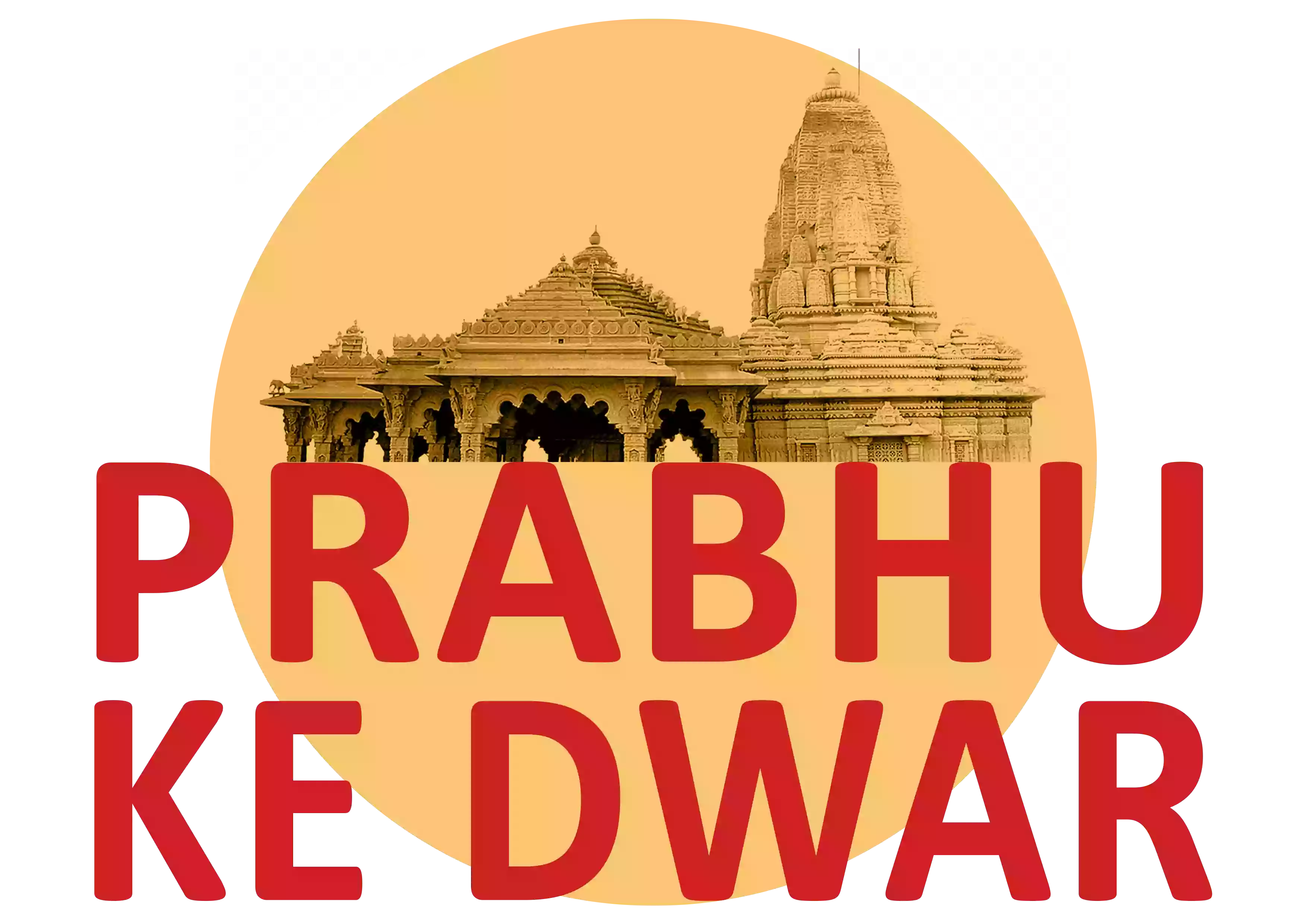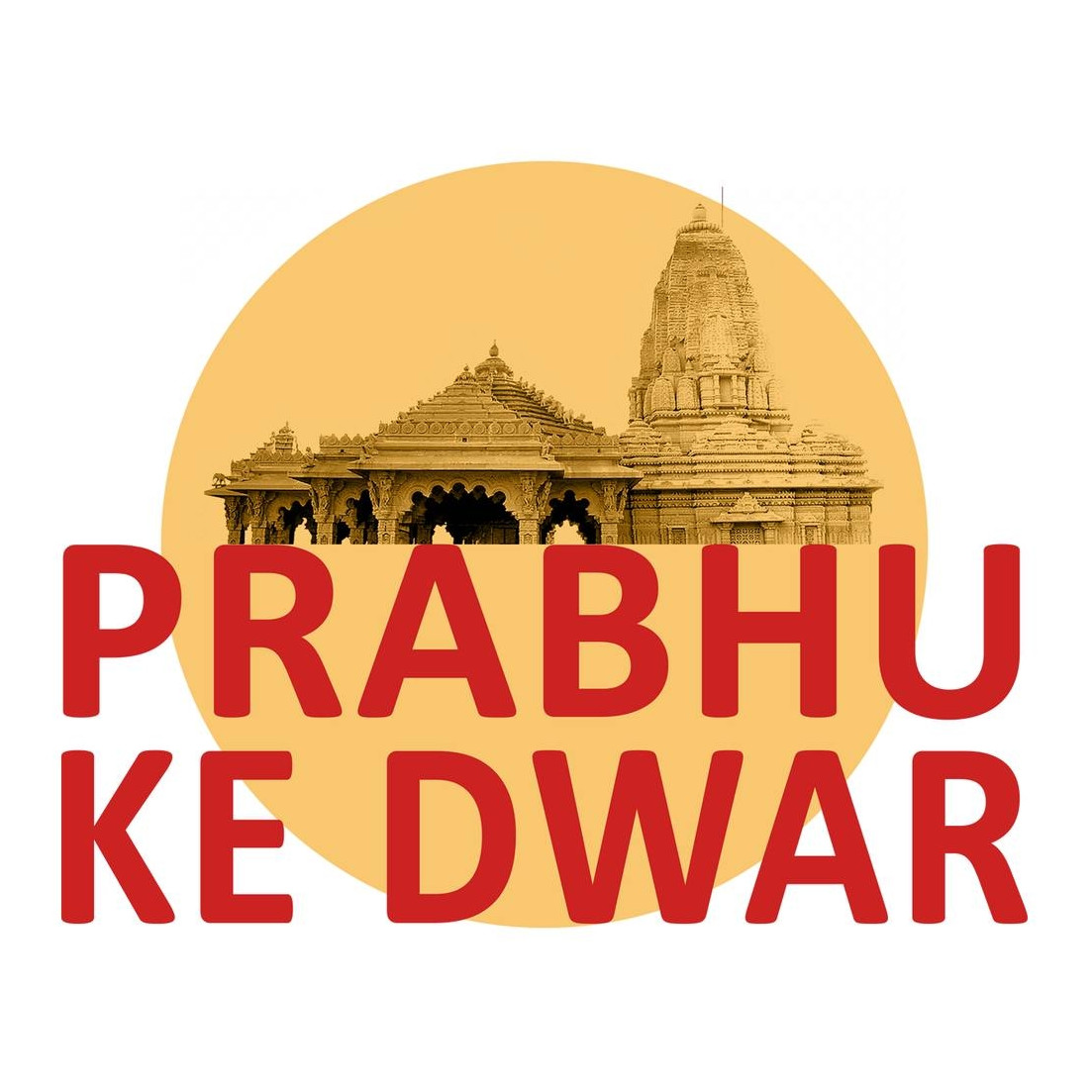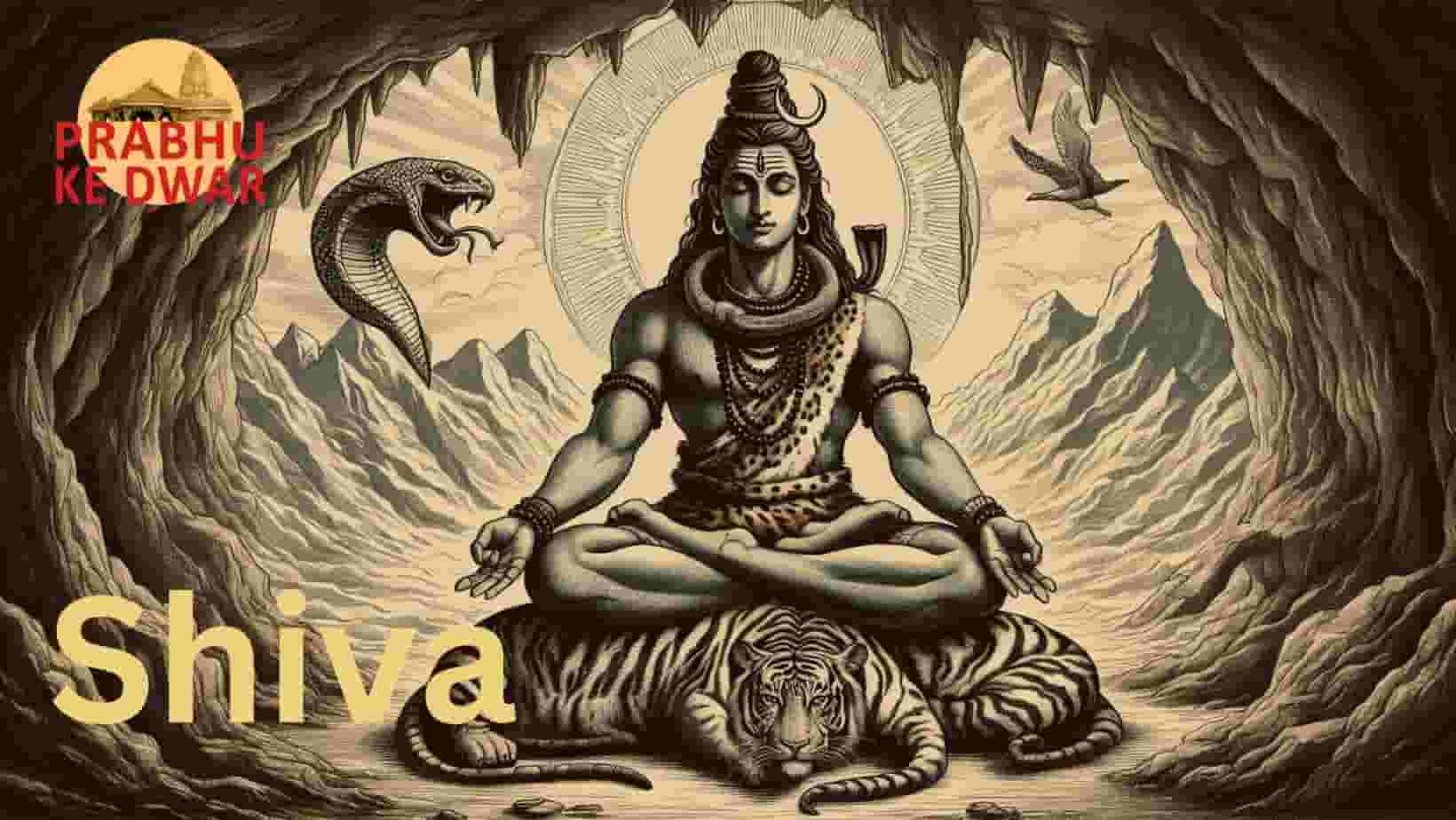Table of contents [Show]
- 1 The Divine Attributes of Lord Shiva
- 2 Shiva’s Role as the Destroyer
- 3 Major Forms and Avatars of Shiva
- 4 Key Symbols Associated with Shiva
- 5 Shiva’s Family and Relationships
- 6 The Significance of Shiva Lingam
- 7 Shiva in Hindu Scriptures
- 8 Major Temples Dedicated to Lord Shiva
- 9 Festivals Celebrating Lord Shiva
- 10 Shiva in Modern Culture
- 11 Philosophical and Spiritual Teachings of Shiva
- 12 Meditation and Practices Related to Shiva
- 13 Famous Legends and Stories of Shiva
- 14 Conclusion
- 15 FAQs
Who is Lord Shiva?
Lord Shiva, one of the principal deities in Hinduism, is revered as the Supreme Being and the god of destruction and transformation. Often depicted with a third eye, a snake around his neck, and ash smeared across his body, Shiva embodies the dynamic balance between creation and destruction. His complex persona combines both the serene and the fierce, reflecting his role in maintaining cosmic equilibrium.
Significance in Hinduism
In Hindu tradition, Lord Shiva is a key figure in the Trimurti, the trinity of gods that includes Brahma the creator, Vishnu the preserver, and Shiva the destroyer. Shiva’s role is crucial in the cosmic cycle, which involves the creation, preservation, and destruction of the universe. This process ensures the continual renewal of existence, making Shiva a symbol of the endless cycle of birth and rebirth.
The Divine Attributes of Lord Shiva
Symbolism of Shiva
Shiva is often depicted with several potent symbols. The Trident (Trishul) signifies his power to destroy ignorance and uphold righteousness. The moon on his forehead represents the passage of time and his control over it. His blue throat, a result of consuming the poison during the churning of the ocean, highlights his self-sacrifice for the welfare of the universe.
Shiva’s Physical Appearance
Shiva’s unique appearance—long matted hair, a third eye, and the ash smeared on his body—reflects his ascetic nature and his transcendence over physical and material realms. His matted hair holds the sacred river Ganga, while his third eye represents wisdom and insight that goes beyond ordinary perception.
Shiva’s Role as the Destroyer
The Concept of Destruction in Hinduism
In Hinduism, destruction is not viewed as a negative force but as a necessary aspect of the cosmic cycle. Shiva, as the destroyer, clears the old and makes way for the new, ensuring the continuous renewal of the universe. This process is integral to the balance of the cosmos and the preservation of divine order.
Shiva’s Role in Cosmic Cycles
Shiva’s role in the cosmic cycles involves not only destruction but also transformation. His dance, known as the Tandava, symbolizes the creation, preservation, and destruction of the universe. This dance embodies the eternal rhythm of the cosmos, illustrating the dynamic interplay of these fundamental forces.
Major Forms and Avatars of Shiva
The Three Major Aspects of Shiva
Shiva manifests in several forms, each representing different aspects of his divine nature. These include:
- Rudra, the fierce form associated with storm and destruction.
- Shankar, the benevolent and peaceful aspect, associated with benevolence and well-being.
- Nataraja, the cosmic dancer, symbolizing the cycles of creation and destruction.
Shiva’s Avatars and Incarnations
Shiva has various avatars, each serving a unique purpose in divine interventions. For example:
- Bhagwan Shiva appears in the form of Bhairava to protect and bless his devotees.
- Kailash is considered the abode of Shiva and represents his eternal presence and divine power.
Key Symbols Associated with Shiva
The Trident (Trishul)
The Trident, or Trishul, is a powerful symbol in Shiva’s iconography. It represents his ability to destroy ignorance and his control over the three aspects of existence: creation, preservation, and destruction. Each point of the trident signifies one of these aspects, highlighting Shiva’s comprehensive influence over the universe.
The Sacred River Ganga
The Sacred River Ganga, which flows from Shiva’s matted hair, symbolizes the purity and sanctity of divine grace. The river is revered in Hinduism for its ability to cleanse sins and bestow blessings. Shiva’s role in holding the river reflects his protective and nurturing nature.
Shiva’s Family and Relationships
Parvati: The Divine Consort
Parvati, Shiva’s consort, is a central figure in his mythology. As the goddess of fertility, love, and devotion, she balances Shiva’s austere and ascetic nature with her nurturing qualities. Their relationship represents the union of divine masculine and feminine energies, essential for cosmic harmony.
Ganesha and Kartikeya: The Children of Shiva
Ganesha, the elephant-headed god, is widely worshiped as the remover of obstacles and the patron of wisdom. Kartikeya, also known as Skanda, is the god of war and victory. Together, they complement Shiva’s roles, embodying the diverse aspects of divine power and protection.
The Significance of Shiva Lingam
Symbolic Meaning of the Lingam
The Shiva Lingam is a significant symbol in Shiva worship, representing his infinite and formless nature. It signifies the divine energy and the cosmic principle that transcends physical form. The lingam is often depicted with a yoni, symbolizing the union of the masculine and feminine divine principles.
Rituals and Worship Practices
Worship of the Shiva Lingam involves various rituals, including offering water, milk, and flowers. Devotees perform these rituals to seek blessings, protection, and spiritual enlightenment. The lingam serves as a focal point for meditation and devotion, representing Shiva’s omnipresence.
Shiva in Hindu Scriptures
References in the Vedas and Upanishads
Shiva is mentioned in ancient Hindu texts such as the Vedas and Upanishads, where he is often associated with meditation and the primordial state of existence. The Rigveda refers to him as Rudra, a deity of storm and hunt, while the Upanishads explore his role in the creation and maintenance of the universe.
Depictions in the Puranas
The Puranas, particularly the Shiva Purana, provide detailed accounts of Shiva’s exploits, teachings, and divine activities. These texts describe his various forms, his cosmic dance, and his interactions with other deities and beings. The Puranas highlight the richness and depth of Shiva’s mythology and worship.
Major Temples Dedicated to Lord Shiva
Kashi Vishwanath Temple
The Kashi Vishwanath Temple in Varanasi is one of the most sacred shrines dedicated to Shiva. It is believed to be the place where Shiva’s divine presence resides, and it attracts millions of devotees each year who seek spiritual liberation and blessings.
Amarnath Cave Temple
The Amarnath Cave Temple, located in the Himalayas, is one of the most revered pilgrimage sites for Shiva devotees. This temple is famous for the natural ice Shiva Lingam that forms annually during the summer months. Pilgrims undertake a challenging journey to this sacred cave, seeking divine blessings and spiritual purification.
Maha Shivaratri: The Great Night of Shiva
Maha Shivaratri is one of the most important festivals dedicated to Lord Shiva. Celebrated annually on the 13th night/14th day of the month of Phalguna (February-March), this festival involves a night of vigil, fasting, and prayers. Devotees stay awake, chant hymns, and offer special prayers to honor Shiva, seeking his blessings for prosperity and spiritual growth.
Kailash Yatra: The Pilgrimage to Mount Kailash
The Kailash Yatra is a sacred pilgrimage to Mount Kailash, considered the earthly abode of Lord Shiva. Pilgrims undertake this arduous journey, often trekking around the mountain, which is believed to be a purifying experience. This pilgrimage is not only a physical challenge but also a profound spiritual quest for devotees seeking to connect with Shiva on a deeper level.
Shiva in Modern Culture
Shiva in Indian Art and Cinema
Lord Shiva has a significant presence in Indian art and cinema, symbolizing various aspects of human experience and divine energy. Films, paintings, and sculptures often portray Shiva in his many forms, from the ascetic yogi to the cosmic dancer. This portrayal reflects his timeless appeal and influence on contemporary culture.
Global Influence of Shiva
Shiva’s influence extends beyond the borders of India, impacting global spirituality and culture. In various parts of the world, Shiva is revered by practitioners of yoga and meditation for his embodiment of inner peace and transformation. His teachings and symbols are often incorporated into spiritual practices and cultural expressions internationally.
Philosophical and Spiritual Teachings of Shiva
The Doctrine of Non-Duality (Advaita)
One of the core philosophical teachings associated with Shiva is the doctrine of Advaita, or non-duality. This philosophy asserts that there is no fundamental distinction between the individual self (Atman) and the ultimate reality (Brahman). Shiva’s teachings emphasize the unity of all existence and the illusion of separateness, guiding devotees toward spiritual enlightenment and self-realization.
Shiva’s Teachings on Detachment and Inner Peace
Shiva’s life and teachings advocate for detachment from material possessions and worldly desires. He is often depicted in meditation, symbolizing the pursuit of inner peace and self-realization. By embracing simplicity and focusing on spiritual practices, devotees are encouraged to transcend the distractions of the material world and achieve a state of inner harmony.
Mantras and Chants for Shiva
Mantras dedicated to Shiva, such as “Om Namah Shivaya,” are widely used in meditation and prayer. These sacred sounds are believed to invoke Shiva’s divine presence and power. Chanting these mantras helps devotees focus their minds, align with divine energy, and deepen their spiritual practice.
Meditative Practices for Inner Awakening
Meditative practices related to Shiva often involve visualization, mantra chanting, and contemplation on his divine forms. These practices aim to connect devotees with Shiva’s spiritual essence and facilitate personal transformation. By meditating on Shiva’s attributes, practitioners seek to awaken their inner potential and achieve spiritual growth.
The Story of the Churning of the Ocean
One of the most famous legends involving Shiva is the story of the churning of the ocean (Samudra Manthan). According to the legend, the gods and demons churned the ocean to obtain the nectar of immortality. During this process, a deadly poison emerged, which Shiva consumed to save the universe. His act of self-sacrifice highlights his role as the protector and sustainer of cosmic order.
Shiva’s Dance of Destruction
Shiva’s Dance of Destruction, known as Tandava, symbolizes the dynamic and cyclical nature of the universe. This cosmic dance represents the processes of creation, preservation, and destruction. Through his dance, Shiva demonstrates the continuous flow of energy and the balance required to maintain the cosmic order.
Conclusion
In summary, Lord Shiva is a multifaceted deity embodying the principles of creation, preservation, and destruction. His role as the destroyer is not merely about ending but also about facilitating transformation and renewal. Through his various forms, symbols, and teachings, Shiva offers profound insights into the nature of existence and the path to spiritual enlightenment. His influence extends across cultures and ages, making him a timeless figure in the spiritual landscape.
FAQs
The Trident (Trishul) in Shiva’s iconography represents his power to control the three fundamental aspects of existence: creation, preservation, and destruction. It symbolizes his ability to uphold cosmic order and destroy ignorance.
How does Maha Shivaratri influence devotees?
Maha Shivaratri influences devotees by offering a night dedicated to intense prayer and spiritual reflection. The observance of fasting and vigil during this festival helps devotees strengthen their connection with Shiva, seek his blessings, and purify their minds and souls.
What are the primary teachings of Lord Shiva?
The primary teachings of Lord Shiva include the doctrine of non-duality (Advaita), emphasizing the unity of the self with the ultimate reality. Shiva’s teachings also focus on detachment from material desires and the pursuit of inner peace through meditation and spiritual practice.
Why is Mount Kailash important in Shiva worship?
Mount Kailash is considered the earthly abode of Lord Shiva and holds immense spiritual significance. It is believed that Shiva resides on this sacred mountain, making it a central pilgrimage site for devotees seeking spiritual fulfillment and divine blessings.
How has Lord Shiva influenced modern spirituality?
Lord Shiva has significantly influenced modern spirituality through his teachings on meditation, detachment, and inner peace. His symbols and mantras are widely used in yoga and meditation practices worldwide, contributing to a deeper understanding of spiritual principles and self-realization.




